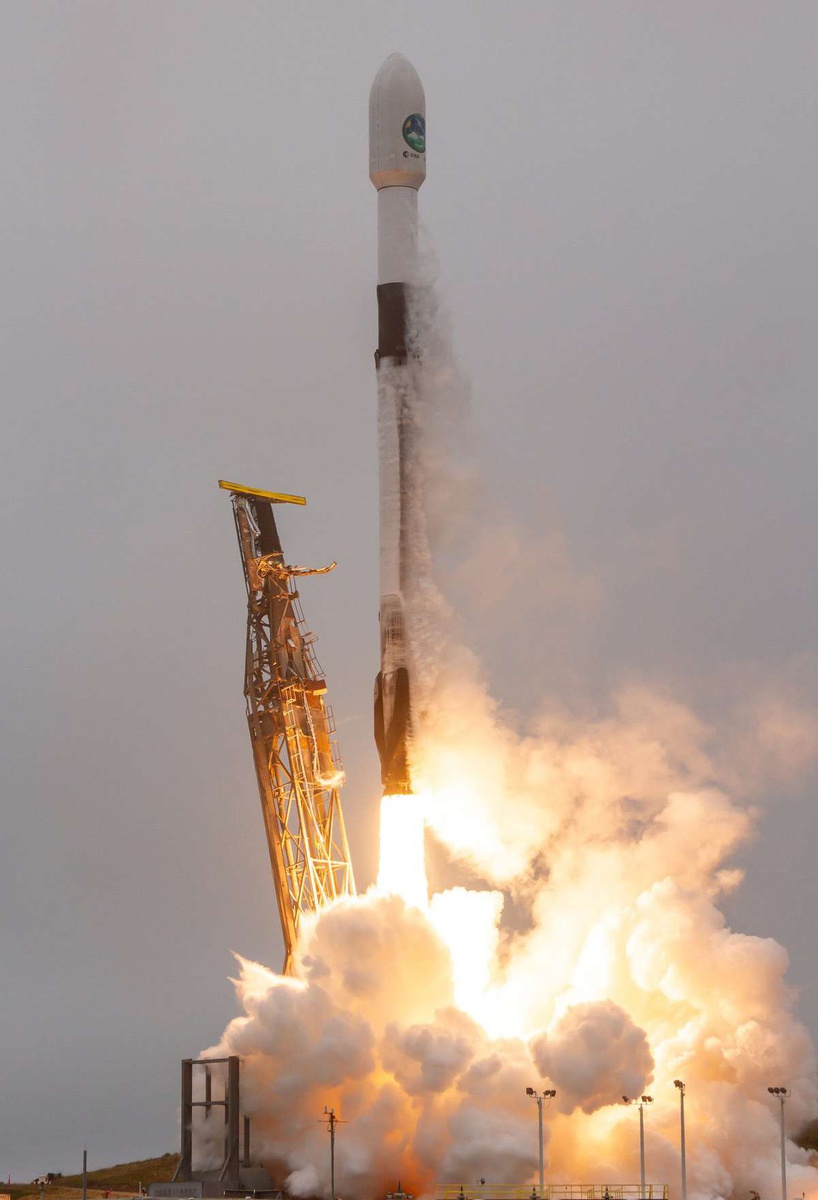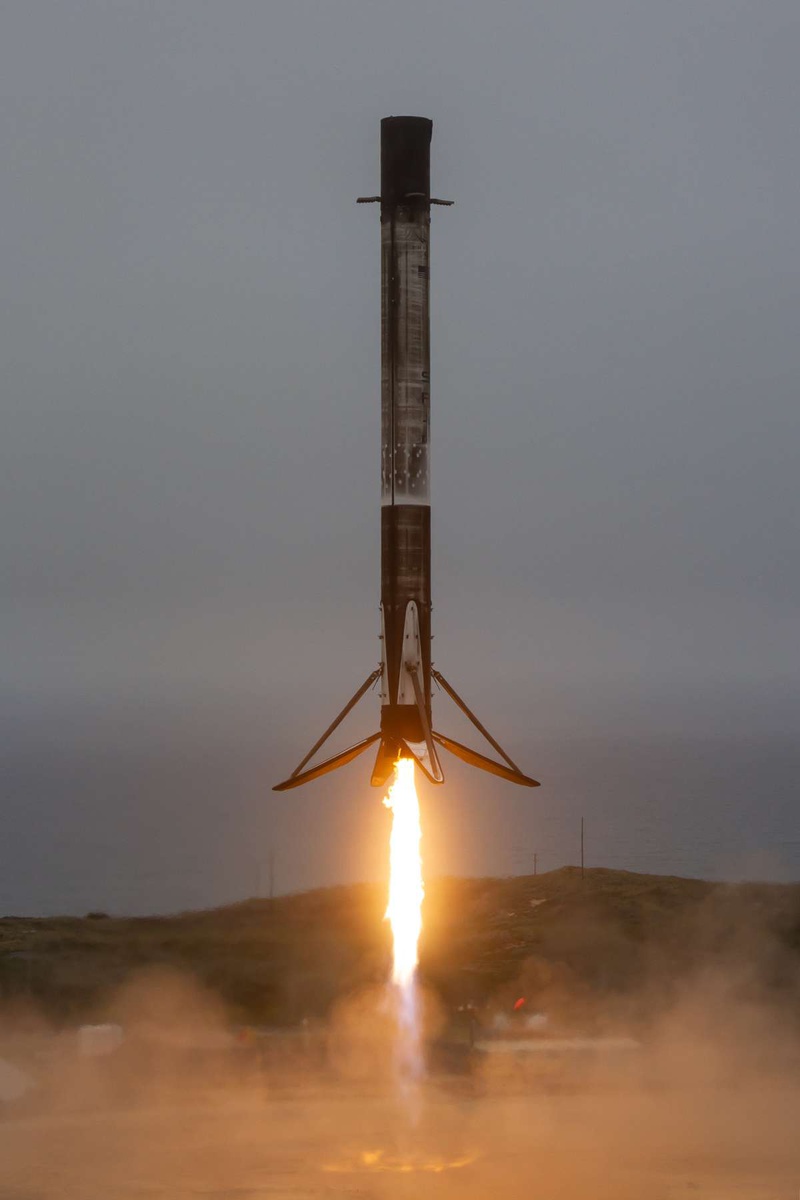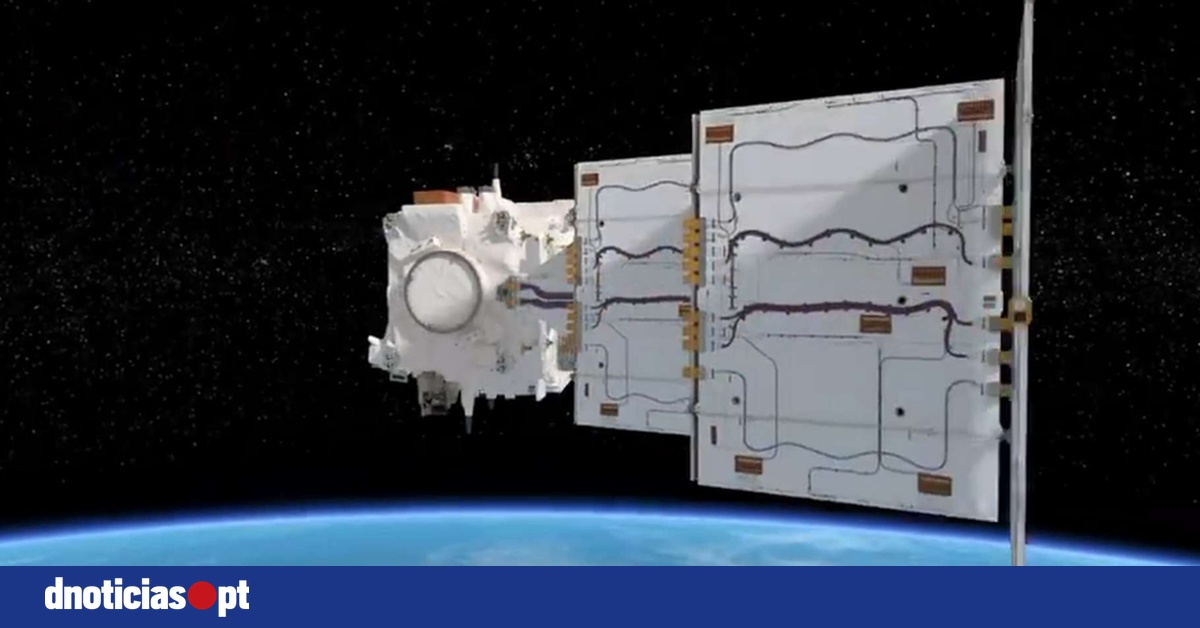The European Space Agency's (ESA) EarthCARE satellite lifted off from California on Tuesday to explore in detail the effects of clouds on climate, which are still poorly understood despite their essential role.
The launch took place at Vandenberg Base, in the western United States, at 3:20 pm on Tuesday (11:20 pm on Tuesday in Lisbon), aboard a SpaceX Falcon 9 rocket.
“We have begun our journey,” the European Space Agency immediately noted on its website.
The European Space Agency confirmed that the 2.2-ton satellite, designed by Airbus, will operate at an altitude of 400 kilometers above the Earth, and is expected to revolutionize understanding of the effects of clouds on climate, which can cause the Earth to cool or warm.
“Tonight’s launch reminds us that space is not only about exploring distant galaxies and planets, but also about understanding our beautiful and fragile Earth,” Joseph Aschbacher, director of the European Space Agency, said in a video posted Tuesday on social media.
Clouds are complex objects that behave differently in weather depending on their height in the troposphere, the lowest layer of the atmosphere.

View gallery
This is “one of the major contributors to climate change and one of the things we don't know much about,” Dominique Gilleron, head of ESA's Earth Observation Projects Division, told AFP.
Some, such as cumulonimbus clouds, which are composed of water vapor and located at low altitudes, act like an “umbrella”: being so white and so bright, they reflect the sun's radiation back into space – an effect called albedo – and cool the atmosphere.
Others, such as high-altitude cirrus clouds made of ice, on the contrary, allow solar radiation to pass through, warming the Earth. Dominique Gilleron explained during a press conference that the planet is re-emitting thermal radiation that “will be captured by thin clouds, preserving the heat.”

View gallery
These data highlight the importance of assessing the nature of clouds by height, and dissecting their vertical structure, which no satellite has done so far, as explained by Simonetta Chile, Director of Earth Observation Programs at the European Space Agency.
ESA's pioneering mission, in collaboration with Japan's JAXA, will also analyze aerosols, small suspended particles (such as dust, pollen or anthropogenic pollutants such as combustion ash), on which water condenses and serve as precursors to clouds.
EarthCARE is also equipped with a multispectral imager, which will provide information about the shape of the clouds, and a radiometer to probe their temperature.
The European mission, scheduled to last three years, replaces NASA's CloudSat and CALIPSO satellites, whose missions are now complete.

“Coffee trailblazer. Social media ninja. Unapologetic web guru. Friendly music fan. Alcohol fanatic.”

